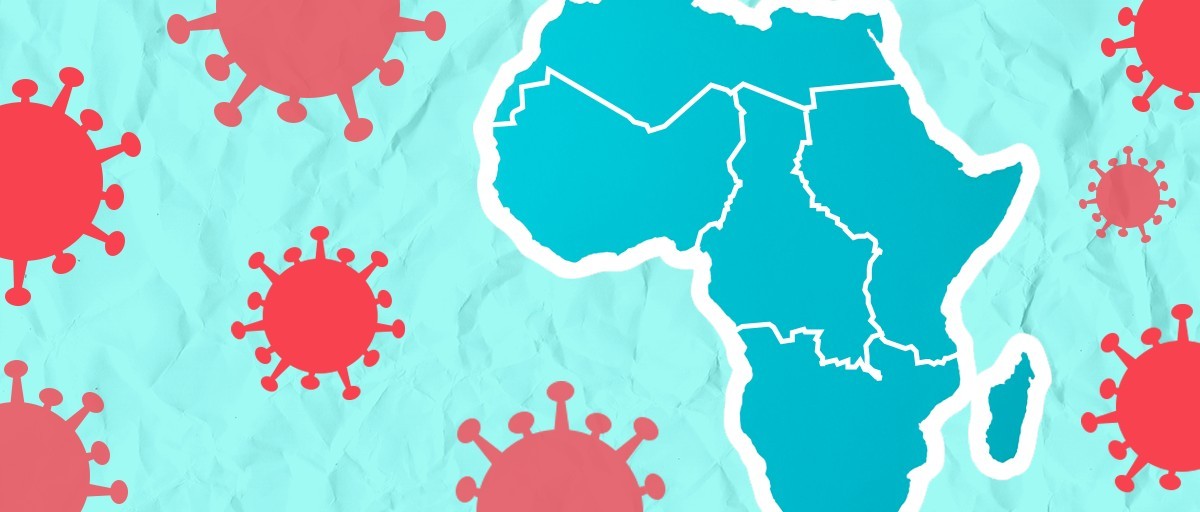Sometime in March 1918, while the first World War ravaged Europe, a US soldier, Albert Gitchell, a company cook at Fort Riley, in Kansas was going about his business when he suffered from flu symptoms.
On March 4, or March 11 in some accounts, Gitchell was admitted into the camp’s infirmary complaining of a “bad cold,” a fever, sore throat, headache and muscular pains.
Not long after, Corporal Lee W. Drake reported to the same desk with identical symptoms, including temperatures running at 39.4 degrees Celsius.
Within days, over 500 soldiers had reported the same exact symptoms. And shortly the figure climbed to over a thousand. A new pandemic was born. Some of these patients died, others survived, including Mr Gitchell, who lived to the handsome age of 78.
Some of the recovered soldiers were shipped off to Europe to fight a war, armed with their guns and ammo—and a deadly virus in their system.
That, dear reader, is how what the world would come to know as the Spanish Flu was born. It spread worldwide, killing some 50 million people within a couple of years. It reached Nigeria on September 14th 1918 (according to Public Record Office, London) breaking out amongst dockworkers in Lagos. With the city gripped in the feverish hold of the pandemic, many residents hopped on trains to flee, unwittingly carrying the virus to train stops: Abeokuta, Ibadan, Illorin, Bida, Jebba, Zaria, Kano, and Bauchi. By December that year, it had reached all corners of the newly formed country and by September 1919, the Public Record Office officially put the death toll in Nigeria at 199, 325.
To maintain troop morale, the countries in the war suppressed reports of the pandemic. And with Spain not being in the war, when the virus made its way through France to Madrid where it infected King Alfonso XIII, the Spanish press, unbridled by wartime censorship, reported the pandemic in full.
No longer able to suppress the reports, the rest of the world jumped in and branded the disease “The Spanish Flu.” Ironically, the Spaniards, believing the virus jumped from France to Spain called it the “French Flu.” That name did not stick anywhere outside of Spain.
The dirty politics of pandemics as history has demonstrated has always dictated that the ground zero of most pandemics tends to shift the buck and blame it on others to deflect responsibility.
When COVID-19 broke out in December 2019, former American President Donald Trump tried to replicate the 1918 model of pandemic politics when he tweeted about “The Chinese virus.” That tweet has been credited with the rise of hate crimes against Asians, especially in the US.
Yes, since 2019, COVID-19 Patient Zero has been placed in Wuhan, China. The fact though remains that the origins of the COVID-19 virus remain a mystery and a subject of scientific contention.
Could it have its origins in Europe? Some scientists think so. The Emerging Infectious Disease Journal for instance reports that on December 5, 2019, days before the identified Patient Zero began exhibiting symptoms, an oral swab was taken from a 4-year-old boy outside Milan, Italy. He was suspected of having measles. However, months later, that sample tested positive for coronavirus RNA.
Researchers in France have suggested samples collected from patients in November 2019 tested positive for coronavirus and researchers in Spain said they found traces of the virus in Barcelona sewers earlier in the year.
There is a reason countries don’t like to identify as ground zero of pandemics. Apart from the sense of guilt, the economic and political ostracization these may cause are often costly and damaging. The taint on the nation’s image often takes years to wipe off.
The reason is personified by the tragic and sad story of Mary Mallon, who some American tabloids described as “the most hapless and yet most dangerous woman in America.”
Mary was an Irish-born cook who migrated to the US in 1884. Of the eight families that employed her, seven of them were struck with typhoid fevers, infecting dozens of people and resulting in the death of some. In three months as a cook at Sloane Maternity in Manhattan, she contaminated at least 25 people, doctors, nurses and staff. Two of them died.
It was discovered that Mary was the first “healthy carrier” in the US of Salmonella typhi, which causes typhoid fever. She was branded “Typhoid Mary” and became the subject of jokes, satire and mockery in the papers.
In the end, she was forced into quarantine on two separate occasions on North Brother Island for a total of 26 years where she died in 1938 alone, without family or friends.
Of recent, A good number of African countries, where COVID-19 is a pandemic on paper, have had to suffer the ignominy of being labelled as vehicles of the Omicron strain. How did South Africa end up with the tag of Omicron Ground Zero? Because local scientists working alongside their colleagues in Botswana were one of the first in the world to positively identify the new strain.
Within days of that discovery, for which these scientists should be applauded, several African countries were hit with travel bans. Canada, the UK and Saudi Arabia slapped one on Nigeria before Nigerians could even learn the name of the new strain. The UK has since backtracked and delisted some 13 countries from its “Red List.”
It follows a narrative that is being pushed. On November 2nd, 2021, The Economist published an article, “The Pandemic’s True Death Toll” which used a model to suggest that death tolls in Africa from COVID-19 are around the 800,000 mark as compared to the 200, 000 thousand official figures. Africans did not take that well. The reactions on Twitter by Africans were as intelligent as they were dramatic. Yes, Africa is large but 800,000 deaths on this continent will not go unnoticed. After all, funerals are a big deal here.
From AIDS to Ebola, Africa has been a favourite target. No country wants to be the Typhoid Mary amongst the comity of nations. It is expensive. China, on whom that tag is being forced over the COVID-19 situation saw its economy shrink for the first time since 1992 in the first quarter after the outbreak. Between January and March, its GDP fell 6.8 per cent, reversing a 6 per cent expansion in the fourth quarter of 2019. A lot of this is directly attributed to the pressures of the pandemic. The pressure of being branded with a bad name is unquantifiable.
The weaponization of disease is an old tradition, starting from when in 1763 British colonialists gifted blankets from the smallpox ward to some Indian chiefs, causing a pandemic amongst the native Americans. The weaponization of pandemics for economic reasons may be a more recent development and Africa, without the media machinery of the West, is now at the butt end of this Omicron debacle. Those travel bans imposed on Nigeria rather hastily by some countries have been damaging for Nigeria’s economy and its image. There is no remedy to counter the dirty politics of pandemic that is greater than developing the economic might to survive such ostracization, long or short-term, and the scientific competence to establish that this Omicron nyama-nyama, is not ours but someone else’s. We should not be made to pay for it.

 Join Daily Trust WhatsApp Community For Quick Access To News and Happenings Around You.
Join Daily Trust WhatsApp Community For Quick Access To News and Happenings Around You.


